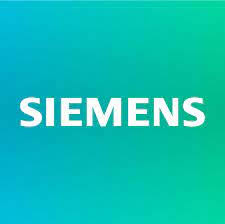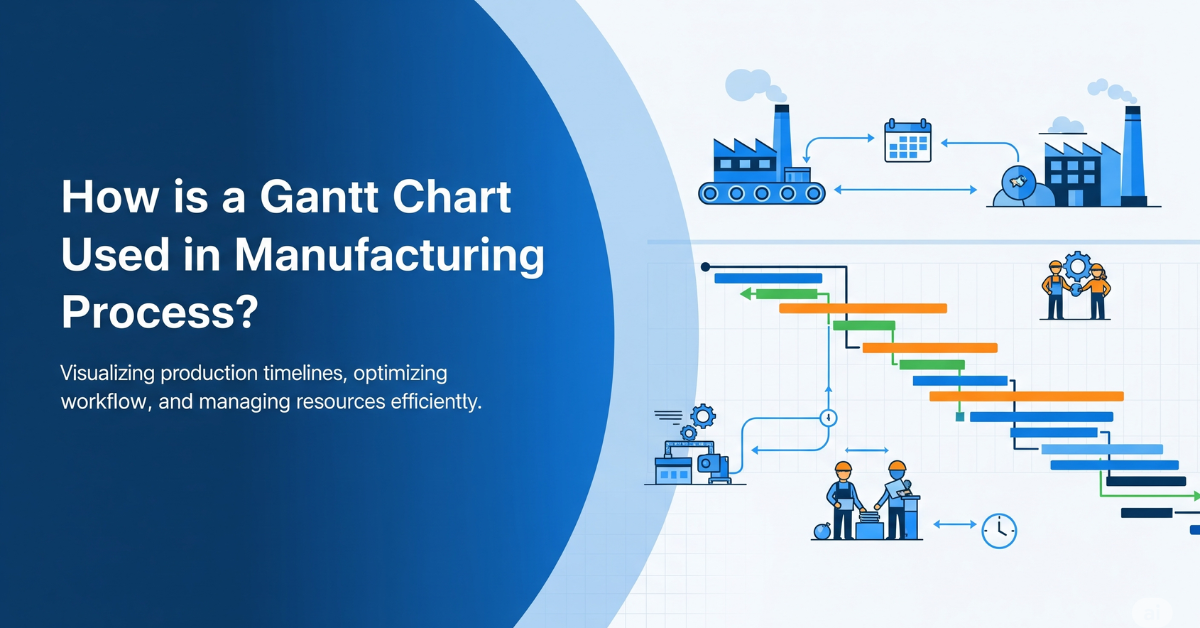Manufacturing Order Management Software
Manufacturing Order Management Software harmonizes digital order tracking with on-the-floor production by overseeing order statuses and updating schedules in real time. It coordinates production activities with customer requirements and quality benchmarks, reducing disruptions and inefficiencies.
This platform propels smart manufacturing by aligning order data with dynamic production planning and driving continuous process enhancement.
Order Management Challenges
Order management in manufacturing is often slowed by fragmented systems, manual data entry, and limited visibility into order status. These issues can cause delays, fulfillment errors, and poor customer experiences. Without real-time coordination between sales, production, and inventory, manufacturers struggle to meet demand accurately and efficiently.

What Does Order Management Software Do?
Order Management Software streamlines the entire order lifecycle—from order creation to fulfillment and invoicing. It centralizes order data, automates workflows, and ensures accurate coordination across sales, inventory, production, and shipping teams. This improves order accuracy, reduces lead times, and enhances customer satisfaction by keeping orders on track and aligned with inventory availability and production schedules.

Features of Order Management Software
Real-Time Order Tracking
Monitors orders at every stage of the manufacturing process through live data feeds and integrated dashboards, providing instant visibility into order status, delivery progress, and potential bottlenecks for timely intervention.
Integrated Inventory Control
Connects order management with real-time inventory data to ensure optimal material allocation, minimize shortages, and coordinate replenishments. Supports just-in-time practices and prevents overstocking across production cycles.
Automated Order Processing
Streamlines the creation, approval, and scheduling of manufacturing orders by automating workflows, reducing manual tasks, and ensuring data consistency for smooth production planning and execution across multiple operations.
Benefits of Order Management Software
Faster Processing
Automates order workflows to reduce manual entry and accelerate order execution processes.
Enhanced Accuracy
Eliminates manual errors by integrating data across order and inventory systems.
Improved Visibility
Provides real-time updates on order statuses and production progress for quick oversight.
Efficient Resource Use
Aligns production orders with inventory levels to optimize material allocation and reduce waste.
Cost Reduction
Decreases operational expenses by streamlining processes and cutting excess inventory costs.
Better Coordination
Fosters seamless communication across teams to ensure timely order fulfillment and process synchronization.
Siemens Opcenter
Snic Solutions is recognized as one of the elite organizations partnered with Siemens as a value-added reseller of Opcenter.
/About%20Page/Blake%20Digital%20Transformation%20Solutions.png?width=500&height=500&name=Blake%20Digital%20Transformation%20Solutions.png)

OMS Software Integration
Manufacturing Order Management Software plays a critical role in the smart manufacturing ecosystem by integrating with systems like ERP, MES, APS, and CRM to streamline order processing and fulfillment.
What happens when you integrate?
Integrating order management software ensures synchronized data across sales, production, and inventory. This improves order accuracy, reduces lead times, and enables real-time adjustments to changing customer demands.

From Our Blog
Stay up to date with what is new in our industry, learn more about the upcoming products and events.

How is a Gantt Chart Used in Manufacturing Process?
In manufacturing, Gantt charts are used to simplify production by visualising task…
.png)
Top Advantages of Laboratory Automation Systems
Are you curious about how laboratory automation can benefit your lab? Laboratory a…
.png)
What Is A Bidirectional LIMS?
LIMS bidirectional communication, or what is LIMS bidirectional, refers to the two…
Frequently Asked Questions
Have Question? We are here to help
What is OMS in manufacturing?
OMS stands for Order Management System. In manufacturing, it manages order creation, tracking, fulfillment, and coordination with production and inventory.
What is order management in manufacturing?
Order management in manufacturing involves coordinating order intake, production scheduling, inventory allocation, and shipping to ensure accurate, on-time fulfillment.
What is work order management software?
Work order management software helps manufacturers plan, assign, track, and complete work orders. It improves production efficiency and ensures timely execution of tasks.
Partner With Us To Reduce Your Technical Debt
Snic Solutions is recognized as one of the elite organizations partnered with Siemens as a value-added reseller of Opcenter.
/About%20Page/Blake%20Digital%20Transformation%20Solutions.png?width=500&height=500&name=Blake%20Digital%20Transformation%20Solutions.png)
